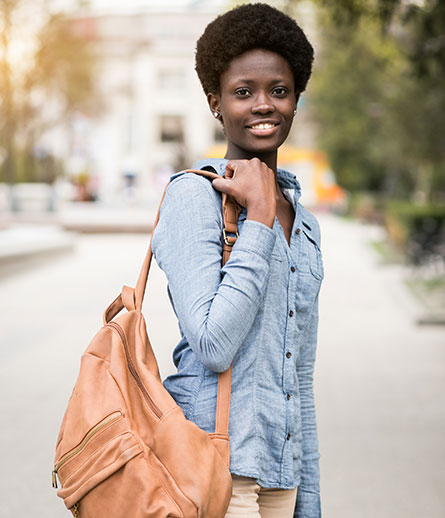Learn the latest trends business innovation with the Educational Programe
Learn the latest trends business innovation with the Educational Programe

Why does it seem natural that students believe they can become good at riding a bike, even though they learn at different speeds and it’s sometimes painful? But in school, when students learn something slowly and with more difficulty than others, they give up on themselves? Recognising faces and learning how to speak a first language – “easy stuff” – has been termed biologically primary material. Neurons seem to link together as if by magic, even though it’s magic honed by thousands of generations of evolutionary selection. Biologically secondary material – “hard stuff” – is the opposite. These are skills and abilities that our species hasn’t evolved to do – even though by the time we might reach adulthood and have had plenty of practice, it might seem ease. To learn hard stuff, our brains must stretch and rewire in ways they have not had to do in the previous eras of human evolution.

The reality is, learning complex, biologically secondary material is not a spectator sport – it demands that students actively grapple with the material. The grappling can be as simple as reviewing notes with a partner after a presentation. Teachers want to avoid extended passivity by allowing students to watch or listen to lengthy videos or audio texts.
A sweet aspect of easier, biologically primary materials is that learning is not only a breeze – it’s fun. Recognising and making friends – an essential primary activity – is something that most people naturally enjoy.
But the relaxed, fun nature of these primary activities can mislead teachers, students, parents, and community members into thinking that all learning should always be easy and fun. It doesn’t work that way.
Secondary material, by its very nature, is harder to learn. It can take focused effort and a lot of work. The roadblock to learning secondary material is that students’ working memories are limited. The first time a student sees a problem, it’s difficult to know how to solve it; there are often thousands of incorrect options but only a few right ways.


Biologically primary material – “easy stuff” – involves information our brains are naturally wired to learn. This includes abilities like recognising faces and learning how to speak a native language. Biologically secondary material – “hard stuff” – involves information that requires our brains to rewire in ways they have not had to do in the previous eras of human evolution. In direct instruction – the teacher chunks the presentation of new content into small segments followed by active retrieval or practice. Lecture and direct instruction are not the same. While lecture is often passive; direct instruction embeds active learning throughout the lesson. Secondary material is challenging to learn because students’ working memory is limited. Evidence indicates that direct instruction is more suitable for teaching biologically secondary materials because direct instruction offers guided, scaffolded, and active learning that students need to master more difficult concepts. When students have demonstrated proficiency on their own (learn it), the material is in the neocortex, even if it’s not quite stable yet. At this point, students are ready to link – they can strengthen and extend their neural links independently through student-directed experiences